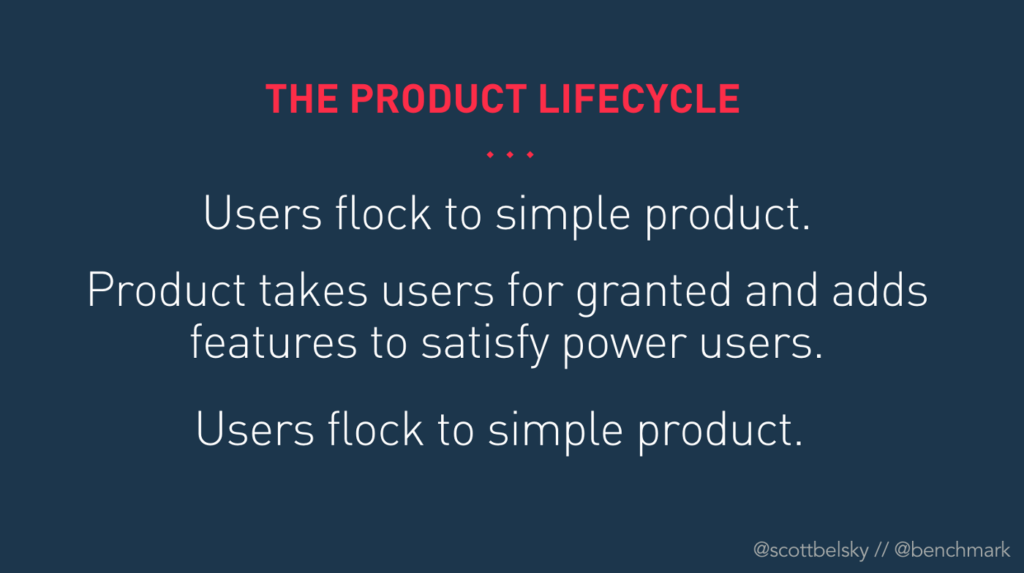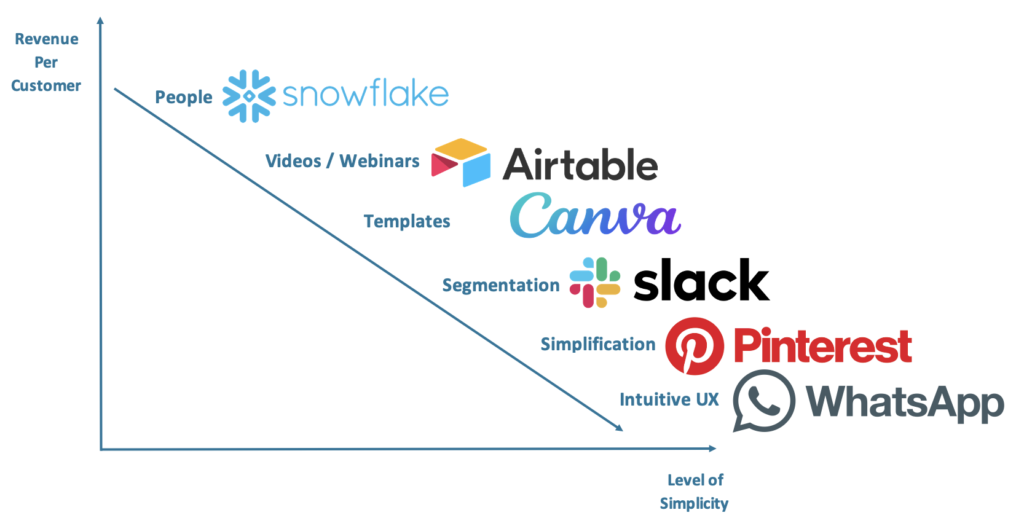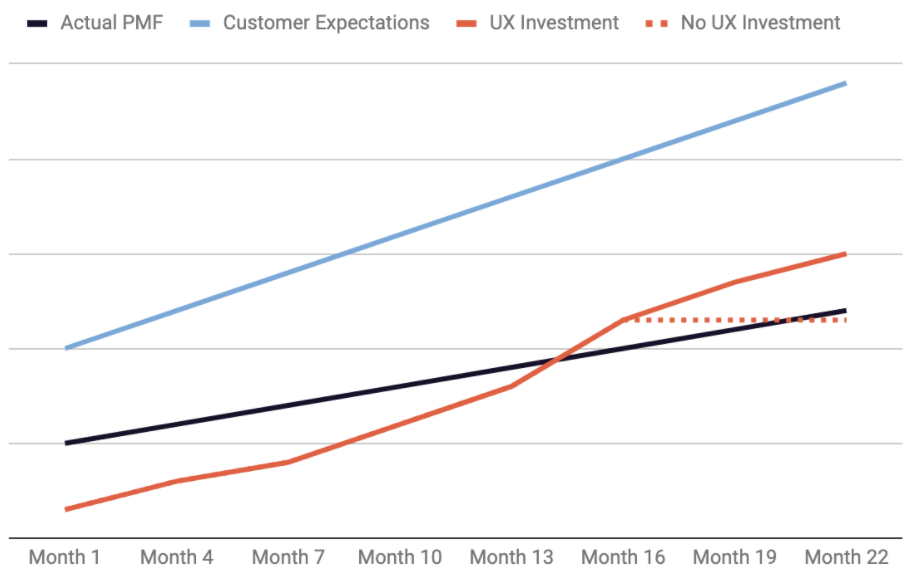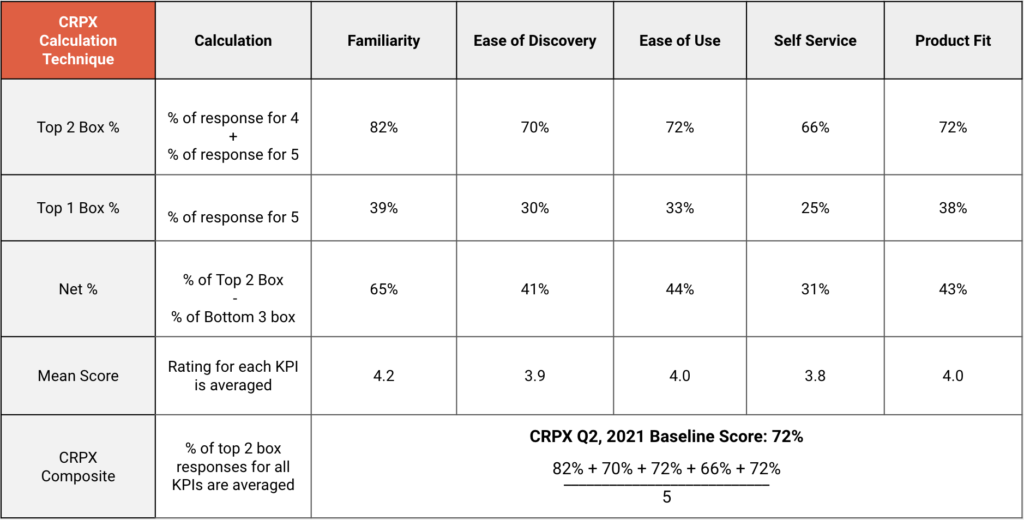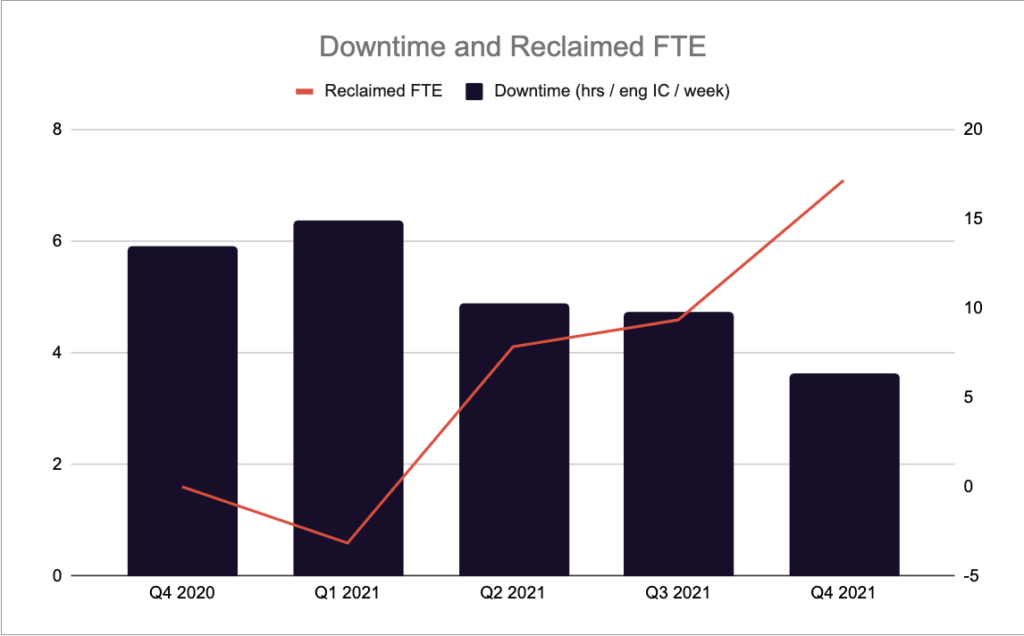I was recently on Lenny Rachitksy’s podcast again, and one of the topics we discussed was consumer subscription business. I thought I would actually write down a lot of those thoughts and add some more depth for founders and employees working on these businesses. Don’t worry I got more marketplace content on the way as well 🙂
Shortly after I got into tech, investors started to fall in love with subscription business models, mostly on the B2B side. Across many different problems, subscription software sold over the internet seemed to produce dominant tech companies left and right. Even incumbents like Adobe and Microsoft rebuilt their businesses around these subscription models to unlock new growth. And unlike most trends in tech that start on the consumer side and then migrate into B2B over time, the subscription model actually did the reverse. So years after Salesforce, Shopify, etc. became behemoths, people started adapting consumer software to subscription models. Founders and venture capitalists would preach the gospel of predictable revenue and sustainable growth, powered by growth of apps sold over the App Store. These companies have largely under-performed their B2B counterparts, and I’ll use this post to explain why and how to produce superior returns in this category.
Why is B2B Subscription So Good?
While the pessimist would argue B2B subscriptions business actually aren’t that good either and more so looked good during a zero interest environment where “seat growth” was a given for most of your customers, I believe B2B Subscription has some durable advantages we will see play out even in the weakest of markets compared to many other business models. The average VC tweet storm or LinkedIn thinkfluencer will tell you it’s all about predictable revenue. And that’s kind of at too high a level to be instructive in my opinion. First off, revenue isn’t that predictable, but what does improve predictability is that your customers are more rational in their decisions. You tend to be able to evaluate which potential customers will become good sources of revenue, and won’t be terribly surprised by their usage of a product, whether they go out of business, will they grow their usage / seats / plans, etc. And most of these customers are sizable enough where the revenue from them creates very sustainable growth levers whether it be sales-, product-, or marketing-led growth, sometimes a combination of the three. But more importantly, when customers do grow, they create a phenomenon known as net dollar retention. So in any B2B subscription business, sure, some customers will churn. But the ones that do retain tend to invest more in your product over time, growing revenue per customer in a way that covers more than the churn of other customers. Many B2B subscriptions companies are seeing their first years of seats / usage contract due to the economy, but in general, outside of some bad years, net dollar retention will be a core feature of their growth model.
What is different in Consumer Subscription? In short, everything.
1. Churn will be higher. Average revenue per customer will be lower. Net dollar retention non-existent.
Consumers are not rational. It is very hard to predict who will churn vs. build habits around your product. So, on average, churn in consumer subscription businesses tend to be a lot higher. Also, the amount made per customer tends to be a lot lower as consumers have less spending power than businesses on average. What makes this fact even worse is even when you activate consumers effectively into paying users who build habits, you do not increase the amount of money you make from them over time outside of increasing prices. This means net dollar retention, the best feature of a B2B subscription growth model, is not even present in a consumer subscription growth model.
When you look at the consumer subscription products that have done the best at scale, they have won by spending an incredible amount of spend on content to prevent churn. These are companies like Amazon Prime, Netflix, and Spotify. That amount of spend on content is usually not replicable for startups.
2. Payments will be less optimized and more expensive
On top of this, mobile apps have become the most dominant product experience for consumer experiences, and the app stores take a significant percentage of subscriptions purchased through them, and prevent alternate forms of payment to avoid that tax. So the margin structure of these consumer businesses are significantly hampered compared to their B2B counterparts. To make matters worse, these app stores are also much worse at collecting payments. One way B2B growth teams help their companies improve is addressing involuntary churn through payment failures. Not only is Apple not near as good at this as, say, Stripe, Adyen, et al., because it controls the entire experience, your growth team cannot optimize it to improve payment failure rate at all. Fortunately, the lockdown on in-app payments is starting to break, allowing consumer companies to improve payment conversion on mobile web while improving margins at the same time, but it’s been a pretty annoying drag on an already difficult business model.
3. Customer acquisition is much harder, less scalable, and has fewer options
B2B subscriptions are sold to teams and companies at scale. Consumer subscriptions are sold to individuals and, at best, families. We already know that means the average order value is that lower. But what does that mean for your acquisition loops. Well, first off, sales is out of the question due its cost vs. the return of a subscription. Secondly, some of the viral and content loops that you see in B2B subscription like sharing a file, inviting a co-worker to collaborate / chat, etc. aren’t really possible in these consumer products. This mainly leaves paid acquisition as the lever for growth. You probably already know my position on paid acquisition as the main lever of growth, but let’s cover it quickly again.
Every company uses paid acquisition to target its best potential customers first. And this usually works with healthy payback periods. But, to scale, the company needs to target more and more customers who look less like the core customer over time. They respond to the ads less, convert worse on the landing page into trials, convert from trials to subscriptions worse, and retain worse after subscribing. All of this leads to predictable degradation in payback periods year over year until, eventually, you run out of people to acquire profitably and paid acquisition is no longer viable. Oh, and by the way, while this was going on Apple decided to torpedo all the ways you track effectiveness of paid acquisition too.
When we were evaluating investing the series A for Calm at Greylock, this is what spooked us. At the time, Calm had only decent annual retention. We could model out a time in the future when it would be impossible for them to grow based on their current numbers. Now, in Calm’s case, they are one of the few companies to improve their annual retention over time, which we’ll talk about in solutions to these issues below.
How to Solve the Systemic Challenges of Consumer Subscription
Now, I’m not going to just doom loop you and this post after ranting about how bad a business model consumer subscription is. I’m on the board of a consumer subscription company after all. Clearly, I believe there are solutions to these problems. Let’s talk through the best ways to fight these limitations and still create big outcomes.
1. Leverage network effects to solve retention and acquisition issues
My main selling points on network effects is that they allow your core product experience to get better faster than the customers you acquire get worse. The next generation of consumer subscription businesses tend to create product experiences that get better over time through either leveraging the data of their users or by offloading content creation costs to suppliers. Duolingo has done a masterful job of keeping retention high in a space with normally high churn because their lessons get better every day based on the feedback loop of their customer usage. We call that a data network effect. Spotify has exponentially more types of content (music, podcasts, video) and exponentially more artists than when it originally launched which attract more listeners. That’s a cross-side network effect.
Companies like Beek and Fable as startups continue to add new creators of content that improve selection or discovery of content for consumers, which keep them subscribed. But also, those creators make money based on overall subscription revenue of the app, so they become promoters of the app and a significant source of low cost acquisition. This allows these companies to rely a lot less on paid acquisition, and some don’t even have it as part of the mix at all. I also think there are many more opportunities to create multiplayer consumer experiences (or direct network effects) to drive low cost acquisition and better subscription retention because your friends or family keep pulling you back into the app. We mostly see this in the games category today.
2. Go multi-product earlier in your lifecycle to make the product stickier and raise price
It’s very hard for single product solutions to maintain the type of long term retention without network effects. So, if network effects do not make sense for the type of product value you’re delivering, launching new products to monetize your existing customers better and open up new customer segments can ease the burden on customer acquisition, raise monetization rates, and raise retention all at the same time. Calm was able to scale out its sleep stories product in a way that raised the retention rate of its meditation customer base as well as open up segments that were less interested in meditation. It turns out selling a product solution for something people have to do everyday (sleep) has a much bigger market than a habit a small percent of the world does (meditation).
3. Open up less saturated acquisition channels
Most consumer subscription business treat their content as their proprietary secret sauce and keep it under lock and key inside paid subscriptions. Much of the time, this means that content isn’t doing all it can to attract new customers who are not even aware of your product. Masterclass is a great example of re-using a lot of the amazing content they sell in their courses and repackaging it for search engines as a taste of what the full courses offer. This has allowed a company that historically 100% grew via paid acquisition to diversify its acquisition sources, bring down payback periods, and find new audiences. Spotify’s playlist sharing was a key growth driver in its early days as lists were shared among friends and publicly on the internet. Spotify and Hulu have also bundled their subscription model to find new audiences and to improve retention for both products.
Thinking about new platforms as well as channels works here too. Most subscription businesses start as apps, but the web opens up a new acquisition channel with significantly better margins because you don’t have to pay the in-app purchase tax. Many of the companies I have worked with have found ways to get conversion on the mobile web just as high as in app over time, or at least use annual subscriptions to dramatically improve payback periods.
4. Start selling to businesses (you knew this was coming, right?)
Well, this one is obvious, and basically the same suggestion as #3. Creating a B2B offering allows you to target a new customer business with a new acquisition loop in sales that can acquire hundreds to thousands of people at the same time inside companies. Headspace and Calm have done a good job of expanding into this model as an expansion from their consumer roots.
–
I want to be very clear. These suggestions will not necessarily be a panacea, and they may not make a meaningful enough improvement to take your consumer subscription business beyond scale. Many of the companies I mentioned still may not have long-term success. This is why I advise founders to think through these challenges and opportunities during the zero to one phase of building their vs. being surprised how hard things will be in the growth stage. This is a very hard business to scale toward a venture outcome, and you want every possible thing you can to be working for you because so much of the default business model works against you.
Currently listening to my Avant Pop playlist on Spotify.





